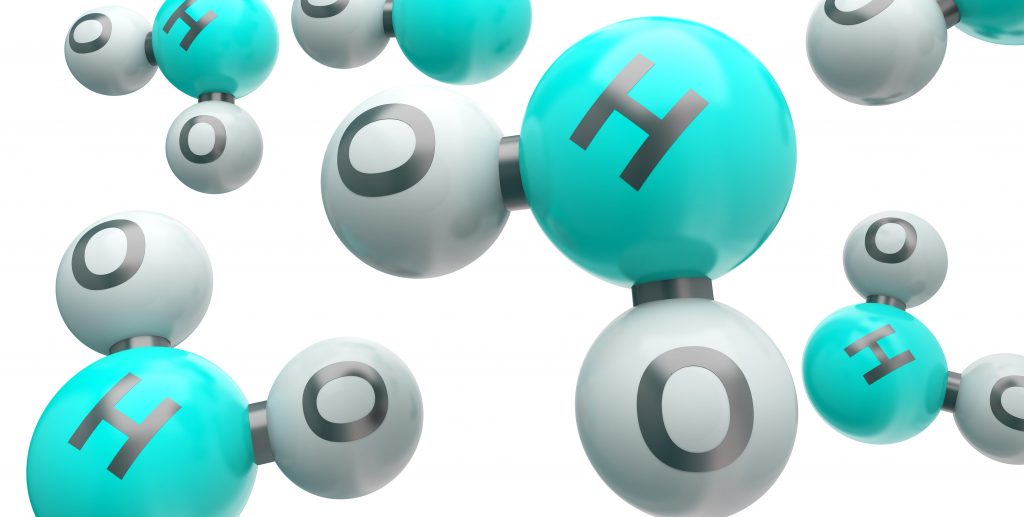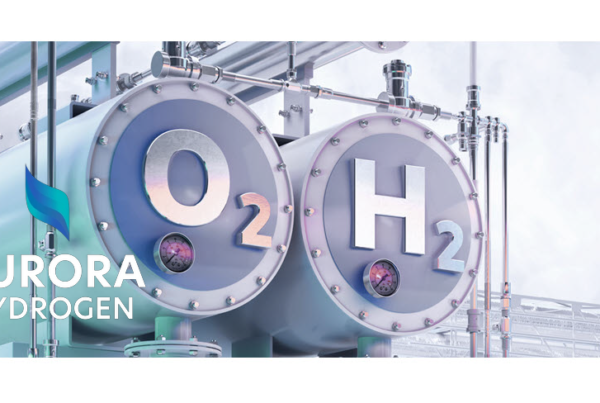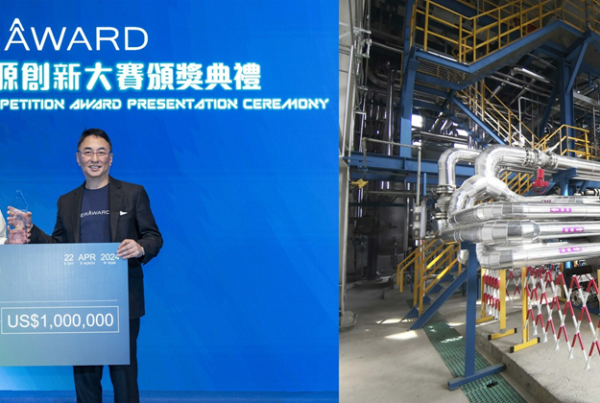
Vijendra Singh Bhati, Ph.D. Student, Department of Physics and Dr. Mahesh Kumar, Associate Professor, Department of Electrical Engineering, IIT Jodhpur in collaboration with IIT Hyderabad have developed a sensor that can detect hydrogen gas even when present at extremely low concentration of 1 part per million (ppm).
The sensor has 30% sensitivity to detect hydrogen at 1 ppm concentration and as high as 74% sensitivity when the concentration of the gas is 100 ppm. It takes about 25 seconds to detect hydrogen.
Though Hydrogen gas is a pollution-free, renewable source of energy and is seen as a fuel of choice in the future, it is highly explosive and flammable. It is a small molecule that can readily mix with air but detecting hydrogen gas leakage is quite difficult as it is colourless and tasteless. So the motivation behind the work is the necessity to develop a sensor that can detect hydrogen even when present at very low concentration.
Carbon nanofibres with minute pores are decorated on the zinc oxide semiconductor. The carbon nanofibres increase adsorption of oxygen on the surface of the semiconductor. Since more oxygen is adsorbed there are more active sites where hydrogen can react with oxygen and reduce the resistance leading to more current flow, thus suggesting hydrogen gas leakage. When hydrogen is removed, the resistance goes back to the initial state. The change in resistance is a function of the concentration of nanofibres loaded on the zinc oxide semiconductor, temperature and the concentration of hydrogen gas. Any increase in the concentration of nanofibres actually leads to a decline in the sensitivity. Tiny pores made on the carbon nanofibres increase the surface area for oxygen to get adsorbed and enhance the sensitivity.
High temperature is needed to activate the chemical reaction between hydrogen and oxygen. Other hydrogen sensors require about 250 degree C to activate the chemical reaction whereas the researchers here are able to achieve the same at 150 degree C as carbon nanofibres are used.
The nanomaterial increases the surface area and acts as a catalyst to reduce the activation energy. Their next goal is to develop a prototype by integrating the sensor with a microheater.
Source: IIT
Read the most up to date Fuel Cell and Hydrogen Industry news at FuelCellsWorks




